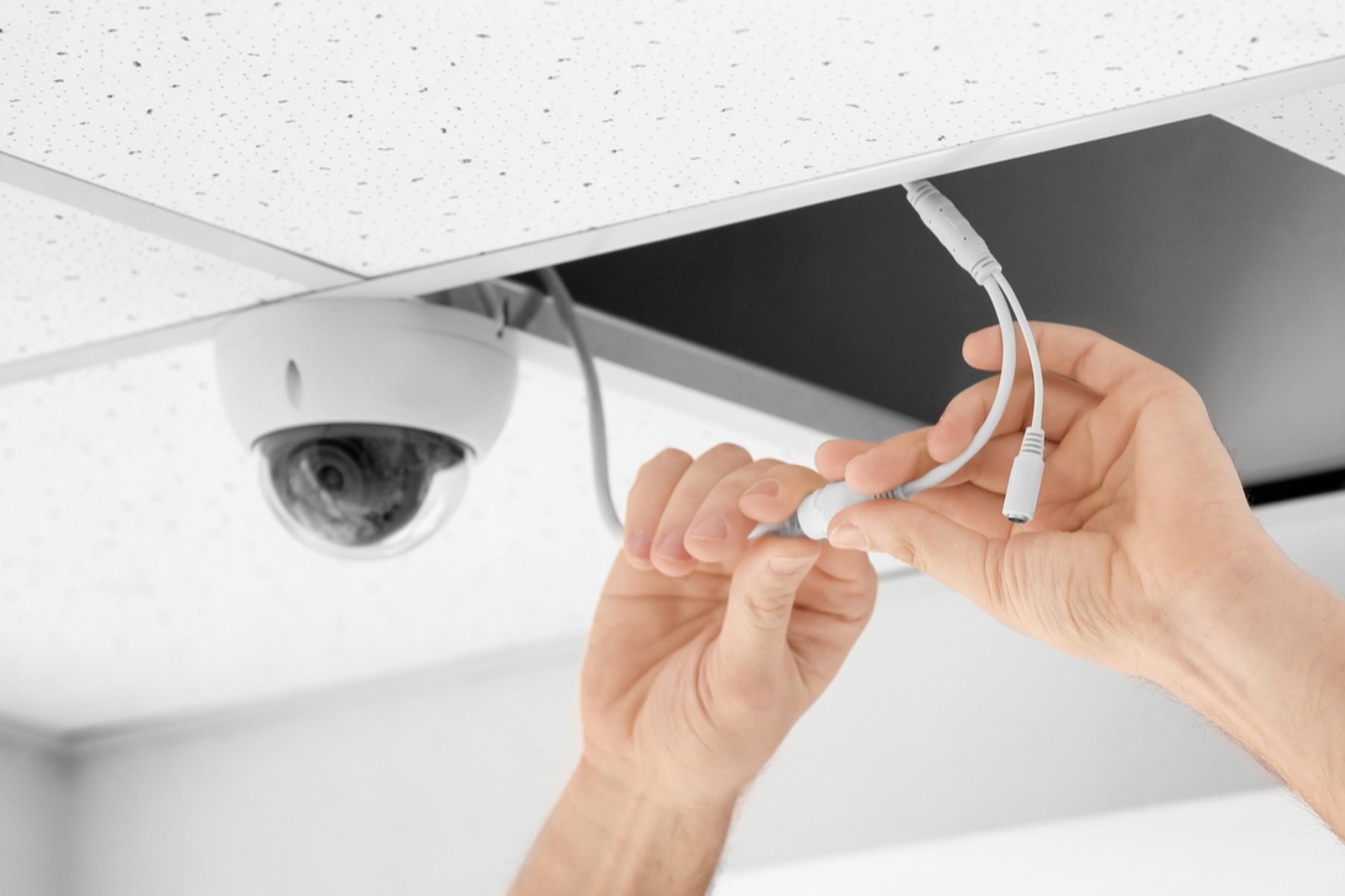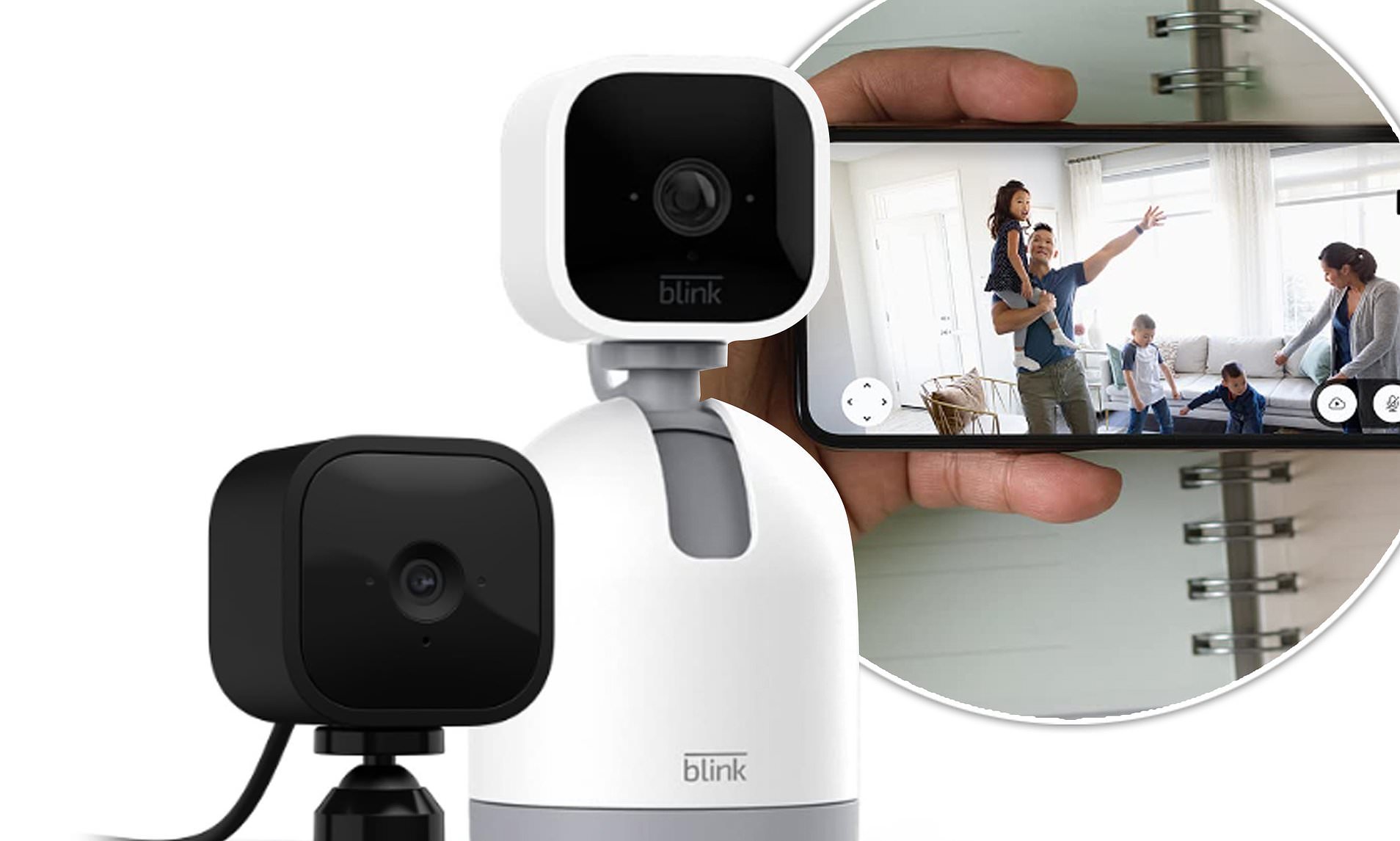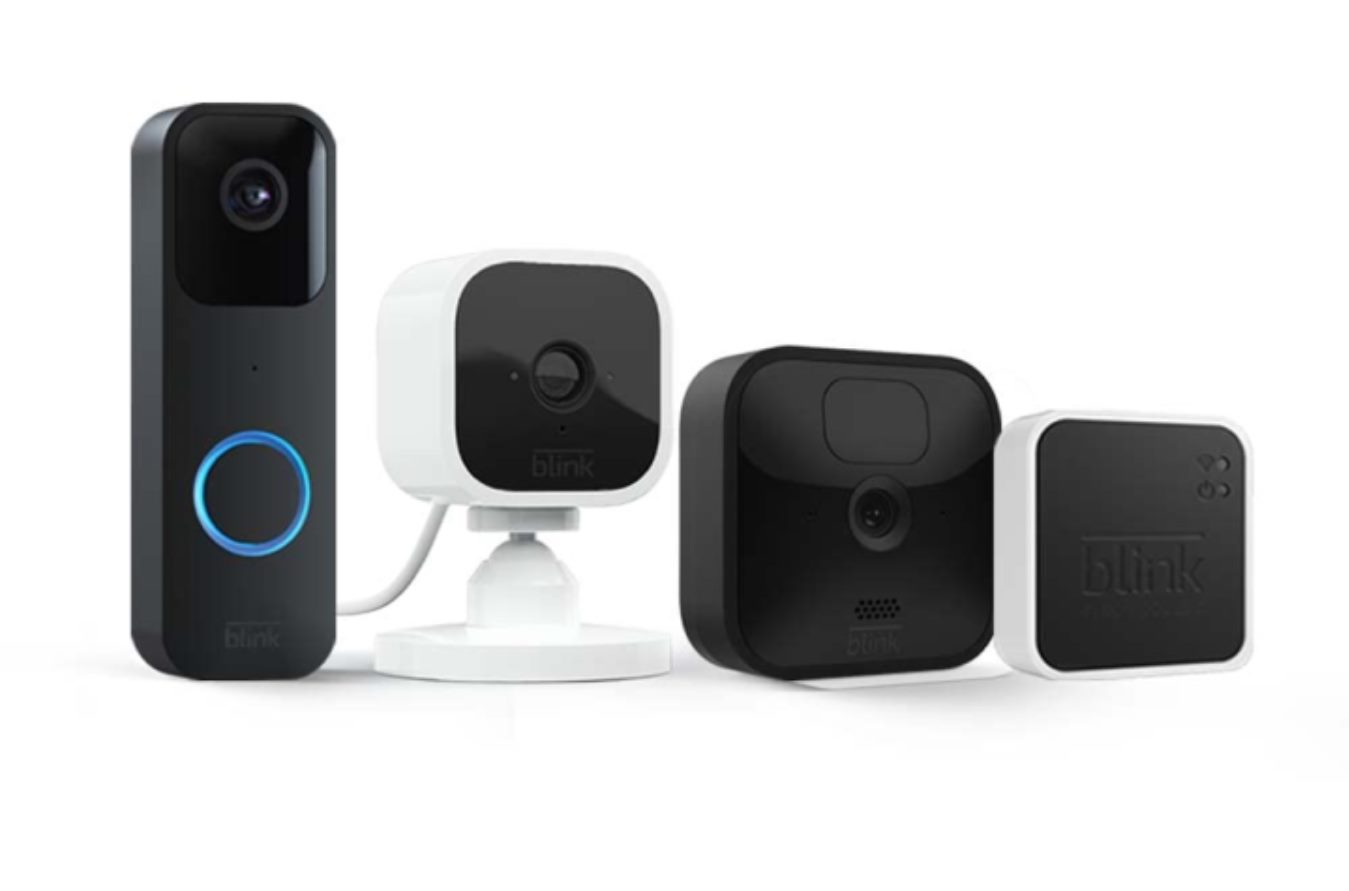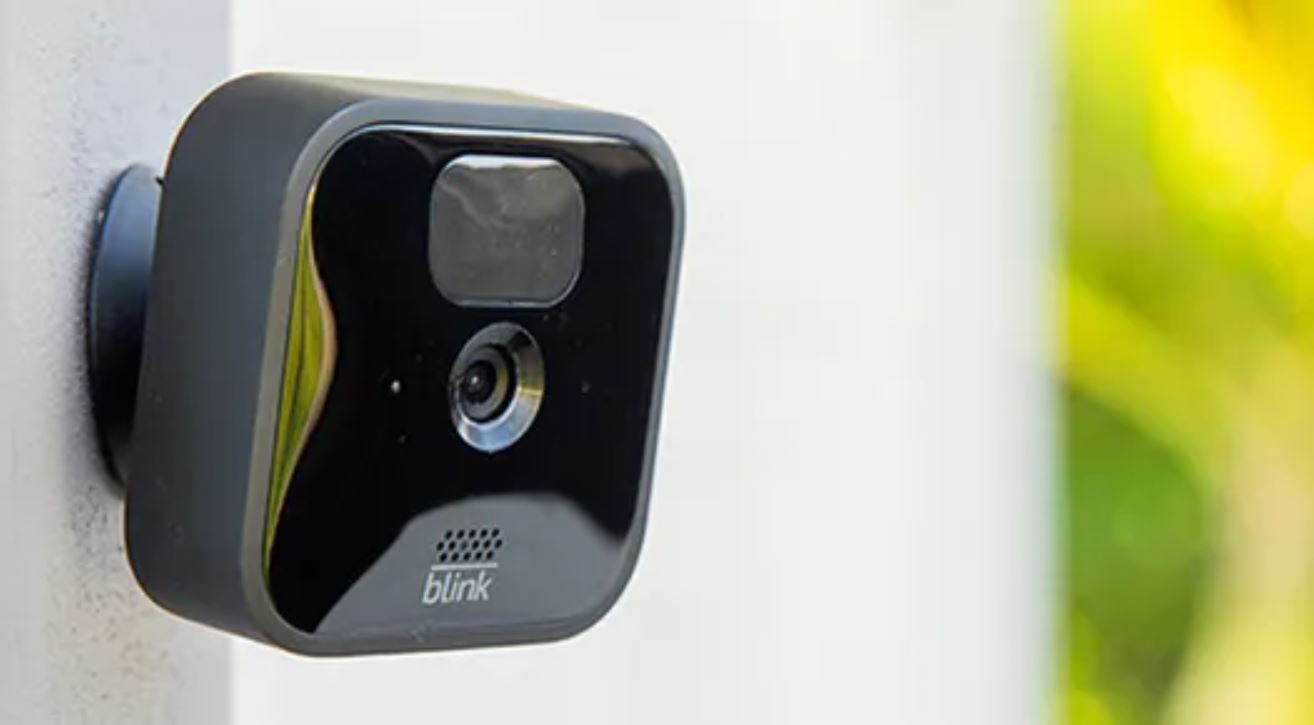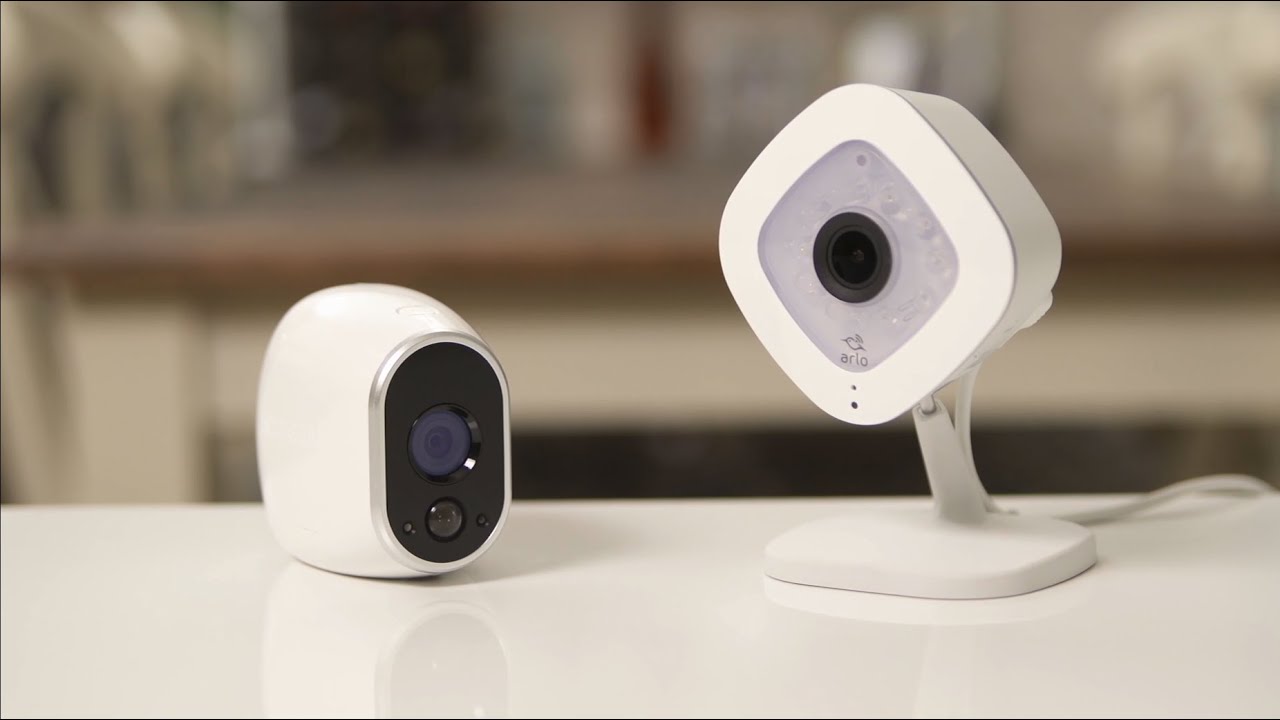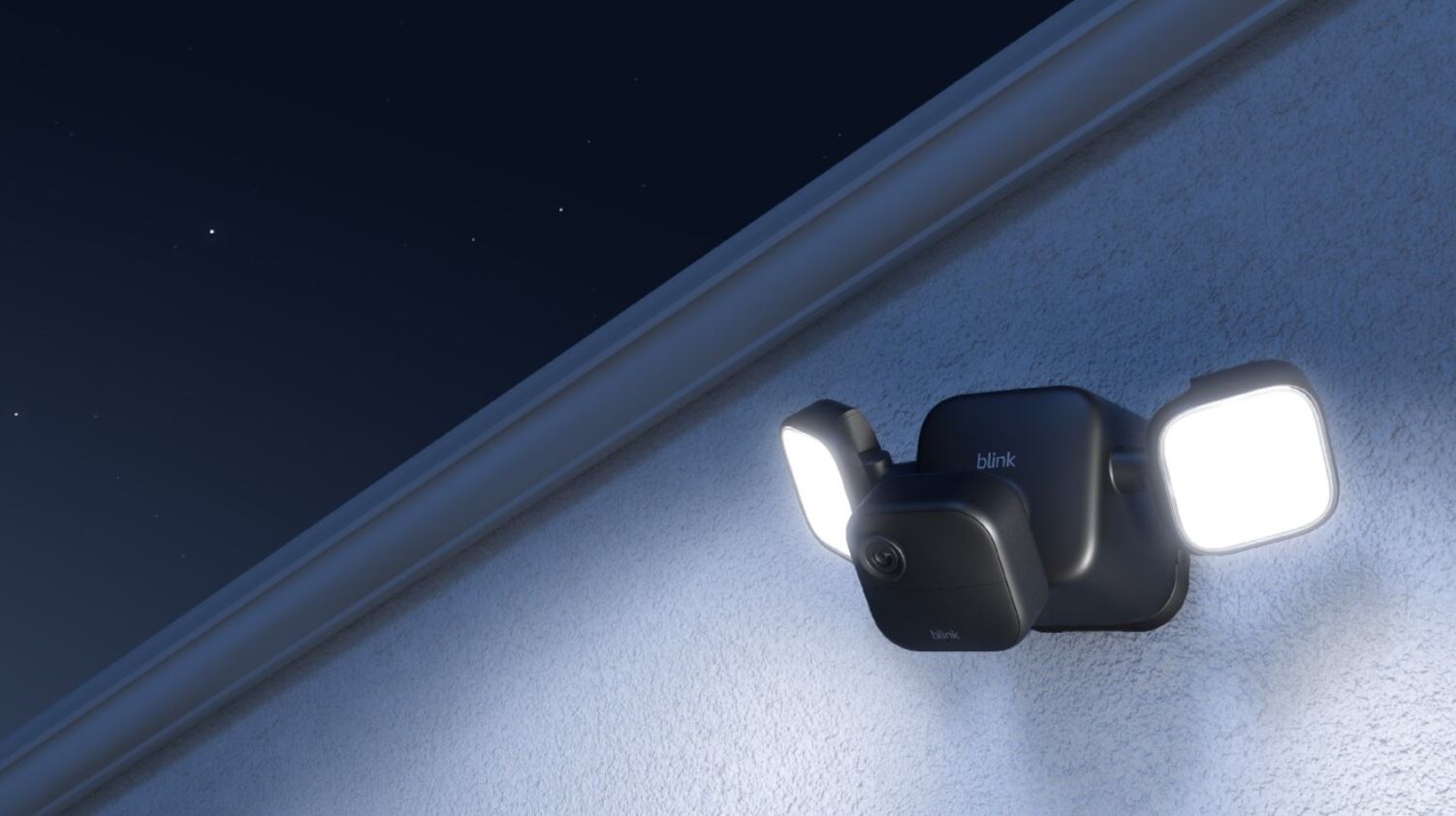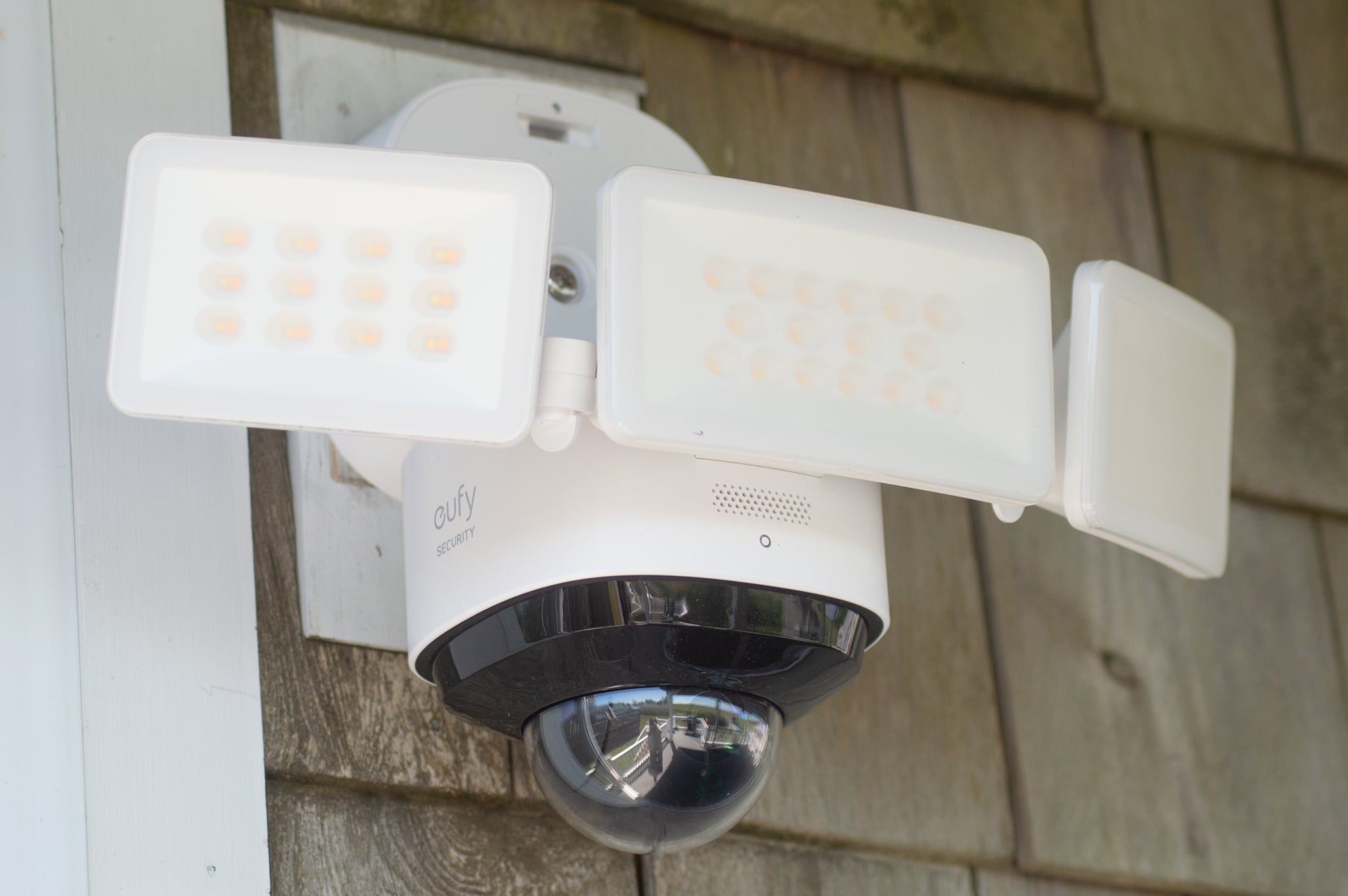Introduction
Home security is a top priority for homeowners, and one effective way to protect your property and ensure the safety of your loved ones is by installing home security cameras. With advancements in technology, home security cameras have become more affordable and accessible than ever before. Whether you live in a high-crime area or simply want peace of mind, home security cameras can be a valuable asset.
In this article, we will explore the importance of home security cameras and weigh the options for installation. We will discuss the benefits of professional installation services and also consider the viability of DIY installation. Furthermore, we will provide step-by-step instructions for those interested in taking on their own installation projects.
By the end of this article, you will have a better understanding of the considerations involved in installing home security cameras and be equipped with the knowledge to make an informed decision.
So, let’s dive into the world of home security cameras and explore the best options for installation!
Reasons to Install Home Security Cameras
There are several compelling reasons why homeowners should consider installing home security cameras. These devices offer numerous benefits that contribute to the overall security and peace of mind of your home. Let’s explore some of the top reasons why you should strongly consider investing in home security cameras:
- Crime Deterrence: One of the primary reasons to install home security cameras is to deter criminal activity. Visible surveillance cameras act as a powerful deterrent for potential burglars and intruders. The mere presence of these cameras can significantly reduce the risk of a break-in or vandalism, as criminals are more likely to avoid homes that have visible security systems.
- Video Evidence: In the unfortunate event of a crime occurring on your property, security cameras provide valuable video evidence. Having recorded footage can help law enforcement identify and apprehend the perpetrators, increasing the chances of recovering stolen items and bringing justice to those affected.
- Remote Monitoring: Home security cameras allow you to remotely monitor your property, providing you with peace of mind even when you are away. With the advent of smartphone apps and internet connectivity, you can access your camera feeds from anywhere in the world. This feature is particularly beneficial for homeowners who travel frequently or have valuable possessions in their homes.
- Package Theft Prevention: With the rise of online shopping, package theft has become a prevalent issue. Home security cameras positioned near your front porch or entrance can help prevent package theft by capturing footage of any suspicious individuals approaching your home. This visual evidence can be crucial in resolving disputes and holding responsible parties accountable.
- Insurance Benefits: Many insurance companies offer discounts on homeowners’ insurance premiums for properties with installed home security cameras. By investing in a security system, you not only protect your home and loved ones but also reduce the financial burden of insurance costs.
These are just a few of the many reasons why installing home security cameras is a wise decision for homeowners. The added security, crime deterrence, and remote monitoring capabilities provide immense value and peace of mind. It’s time to take control of your home’s security and invest in a reliable home security camera system!
Professional Installation Services
When it comes to installing home security cameras, one option is to hire professional installation services. These are experts in the field who have the knowledge, skills, and experience to ensure a seamless and efficient installation process. Here are the key advantages of opting for professional installation:
- Expertise and Experience: Professional installers have a deep understanding of the different types of security cameras available in the market and can guide you in selecting the most suitable options for your specific needs. They are well-versed in the technical aspects of installation and know how to position cameras to maximize coverage and effectiveness.
- Seamless Installation: Installing home security cameras can involve complex tasks such as running cables, connecting devices, and configuring settings. Professional installers have the necessary tools and equipment to handle these tasks with precision, ensuring a seamless installation process.
- Time-Saving: Installing security cameras can be time-consuming, especially for individuals without prior experience. By hiring professionals, you can save valuable time and focus on other important tasks, knowing that the installation is being handled efficiently.
- Warranty and Support: Professional installation services often come with warranties, ensuring that any issues or malfunctions are addressed promptly. Additionally, installers can provide ongoing support and assistance, helping you navigate any technical challenges that may arise.
- Integration with Other Systems: If you already have a home security system or other smart home devices in place, professional installers can help integrate your new cameras seamlessly. This ensures that all components work together efficiently and can be controlled from a single hub or app.
While professional installation services offer numerous benefits, it’s important to consider the associated costs. Hiring professionals may require a larger upfront investment compared to do-it-yourself (DIY) installation. However, the peace of mind and expertise they bring to the table can outweigh the costs for many homeowners.
If you are considering professional installation, it is advisable to research reputable companies with positive customer reviews. Take the time to compare quotes and services offered to ensure you select a qualified professional who meets your requirements.
Ultimately, professional installation services provide a convenient and reliable solution for homeowners who prefer to leave the installation process in the hands of experts. The peace of mind that comes with a professionally installed security camera system is well worth the investment.
DIY Installation: Is it Worth it?
For homeowners who prefer a more hands-on approach, do-it-yourself (DIY) installation of home security cameras can be a tempting option. DIY installation allows you to take full control of the process, providing a sense of accomplishment and potential cost savings. However, it’s important to consider the following factors before deciding if DIY installation is worth it:
- Technical Skills: DIY installation requires a certain level of technical proficiency. You need to be comfortable working with tools, running cables, and configuring devices. If you have experience with similar installations or have a knack for technology, DIY installation may be a feasible option.
- Time and Effort: DIY installation can be time-consuming, especially if you’re new to the process. You may need to invest several hours or even days in researching, planning, and executing the installation. Consider your available time and energy before embarking on a DIY project.
- Risk of Errors: Without professional guidance, there is a higher risk of errors during DIY installation. Mistakes in camera placement, wiring, or configuration can undermine the effectiveness of your security system. It’s crucial to thoroughly educate yourself and follow installation guidelines to minimize errors.
- Cost Savings vs. Quality: One of the perceived advantages of DIY installation is the potential cost savings. However, it’s essential to weigh these savings against the quality of the installation. A poorly installed system may not provide optimal coverage and could lead to ineffective security monitoring.
- Support and Warranty: Consider whether you will have access to technical support and warranties for the products you purchase. Professional installation services often include support and guarantees, which may be limited or absent in DIY installations.
If you have the necessary technical skills, time, and dedication to ensure a proper installation, DIY installation can be a rewarding experience. It allows you to customize your security system to your specific needs and preferences. Additionally, the potential cost savings can be attractive for budget-conscious homeowners.
However, if you feel uncertain or lack the technical expertise, it may be wise to enlist the help of professionals. They have the knowledge and experience to ensure a seamless installation process, minimizing potential errors and optimizing the effectiveness of your security system.
Ultimately, the decision to opt for DIY installation depends on your capabilities, available time, and willingness to take on the responsibility. Prioritize the security and effectiveness of your home security cameras above cost savings when making this decision.
Installation Steps for DIY Enthusiasts
If you’ve decided to take on the challenge of DIY installation for your home security cameras, here are some essential steps to follow:
- Plan and Assess: Start by planning the layout of your camera placement. Identify the areas you want to monitor and the type of cameras that best suit those locations. Consider factors such as lighting conditions, coverage range, and accessibility for wiring.
- Choose Your Cameras: Select the right cameras for your needs. Decide between wired or wireless cameras, indoor or outdoor models, and any additional features you desire, such as night vision or motion detection.
- Install Mounting Brackets: If your cameras require mounting brackets, follow the manufacturer’s instructions to securely install them in the chosen locations. Ensure the brackets are level and provide a stable base for the cameras.
- Run Cables: If you’re using wired cameras, run the cables from each camera to the central recording or monitoring location. Conceal the cables as much as possible, either by routing them through walls or using cable management solutions.
- Connect Cameras: Once the cables are in place, connect each camera to the corresponding cables. Ensure a secure and proper connection to maintain the integrity of the system.
- Position and Test: Adjust the cameras’ positions to the desired angles and test the feed in real-time. Ensure that the captured footage aligns with your monitoring objectives. Make any necessary adjustments to optimize coverage and clarity.
- Configure and Test System: If your cameras come with software or configuration options, follow the provided instructions to set up the system. Configure settings such as motion detection, recording schedules, and remote access. Test the system’s functionality to ensure proper recording and monitoring.
- Secure Wiring and Protect Cameras: Once the cameras are installed and functioning correctly, secure any exposed wiring to prevent tampering or damage. Consider weatherproofing outdoor cameras with appropriate covers or housing options.
As you proceed with the installation, refer to the manufacturer’s instructions for specific guidance on each step. Additionally, consult online resources or forums for DIY enthusiasts to seek advice and learn from others’ experiences.
Remember, DIY installation requires patience, attention to detail, and the willingness to troubleshoot any potential challenges that may arise. If at any point you feel overwhelmed or uncertain, it’s essential to consult professionals for guidance or consider hiring professional installation services to ensure a successful installation.
By following these installation steps and taking necessary precautions, you can achieve a high-quality DIY installation of your home security cameras and enjoy the added peace of mind they provide.
Best Practices for Installing Home Security Cameras
Installing home security cameras involves more than just attaching them to a wall and connecting the cables. To ensure optimal performance and effectiveness, it’s important to follow these best practices:
- Strategic Placement: Position cameras at key entry points and vulnerable areas such as front and back doors, windows, and blind spots. Consider the camera’s field of view and angle to maximize coverage. Aim to capture clear facial features and any potential identifying details.
- Height and Angle: Mount cameras at a height that provides a balanced view, avoiding extreme angles that may obstruct visibility or compromise coverage. Aim for a height that is out of reach but still captures the desired area effectively.
- Outdoor Cameras: If installing outdoor cameras, ensure they are weatherproof and designed for outdoor use. Install them in protective housing or covered areas to shield them from harsh weather conditions, and adjust the angle to avoid capturing excessive glare or reflections.
- Proper Lighting: Consider the lighting conditions in the areas you are monitoring. Place cameras in well-lit areas for clear footage during the day, and consider using cameras with night vision capabilities or installing additional lighting for nighttime surveillance.
- Secure Wiring: Conceal or secure exposed wiring to prevent tampering or damage. Consider running wires inside walls, using cable management solutions, or even utilizing wireless cameras to avoid this issue altogether.
- Regular Maintenance: Perform periodic maintenance to ensure your cameras continue functioning optimally. Clean lenses regularly to prevent dust or debris buildup that can affect image quality. Regularly check and adjust camera angles to account for any changes in the environment.
- Password Protection: Set strong passwords for your camera’s software or control panel to protect against unauthorized access. Avoid using easy-to-guess passwords and consider enabling two-factor authentication for added security.
- Consider Privacy: Be mindful of privacy concerns and respect the boundaries of your neighbors. Avoid pointing cameras directly into neighboring properties or places where privacy is expected. Familiarize yourself with local privacy laws and regulations to ensure compliance.
Adhering to these best practices will enhance the effectiveness and performance of your home security cameras, providing you with reliable surveillance and peace of mind.
Remember to always refer to the manufacturer’s instructions for specific guidance and tips related to your camera models. Additionally, staying informed about the latest technology trends and updates in the field of home security can further improve your installation practices.
By following these best practices and taking necessary precautions, you can ensure that your home security cameras are installed in a way that maximizes their effectiveness and protects your property and loved ones.
Common Mistakes to Avoid
While installing home security cameras is a beneficial endeavor, it’s important to be aware of common mistakes that can compromise the effectiveness and functionality of your system. By avoiding these mistakes, you can ensure a successful installation and maximize the security of your property:
- Poor Camera Placement: Avoid placing cameras too high or too low, as this can result in ineffective monitoring. Additionally, ensure that the cameras are positioned to capture the desired areas and minimize blind spots.
- Insufficient Coverage: Failing to install enough cameras or positioning them incorrectly may result in gaps in surveillance coverage. Take the time to thoroughly assess your property and identify areas that require monitoring.
- Weak or Default Passwords: Neglecting to set strong passwords for your camera’s software or control panel leaves your system vulnerable to unauthorized access. Avoid using easy-to-guess or default passwords, and consider enabling two-factor authentication for enhanced security.
- Failure to Secure Wiring: Exposed or unsecured wiring can be easily tampered with or damaged, rendering your security cameras useless. Take the necessary steps to conceal or secure the wiring, protecting it from potential tampering or environmental hazards.
- Neglecting Firmware Updates: Failing to keep your camera’s firmware up to date leaves them vulnerable to potential security breaches. Regularly check for firmware updates from the manufacturer and apply updates promptly to ensure the latest security patches and performance improvements.
- Ignoring Privacy Concerns: Be mindful of privacy considerations and avoid pointing cameras directly into neighboring properties or areas where privacy is expected. Familiarize yourself with local privacy laws and regulations to ensure compliance with legal requirements.
- Skipping Testing and Calibration: Neglecting to thoroughly test and calibrate your security cameras can result in poor image quality or inaccurate motion detection. Take the time to carefully adjust camera angles, test recordings, and ensure that motion detection settings are properly configured.
- Underestimating Storage Needs: It’s crucial to consider the amount of storage needed to retain recorded footage. Avoid underestimating storage requirements, as this can lead to overwritten or lost footage. Consider external storage options or cloud-based solutions to accommodate longer periods of recording.
Avoiding these common mistakes will help you install a more effective and secure home security camera system. By thoroughly planning, being mindful of privacy concerns, and regularly maintaining your cameras, you can ensure that your security system functions optimally and provides the highest level of protection.
Take the time to educate yourself, follow manufacturer instructions, and consult professionals if needed. By doing so, you can avoid these common pitfalls and enjoy the full benefits of your home security cameras.
Conclusion
Investing in home security cameras is a proactive step towards safeguarding your property and ensuring the safety of your loved ones. Whether you choose professional installation services or decide to embark on a DIY installation, the benefits of having security cameras are undeniable.
Professional installation offers the expertise, convenience, and peace of mind that come with having experienced technicians handle the installation process. On the other hand, DIY installation allows for personal customization, potential cost savings, and a sense of accomplishment.
Regardless of the installation method chosen, it is crucial to follow best practices to ensure optimal performance and effectiveness. These include strategic camera placement, proper lighting, secure wiring, and regular maintenance.
Avoiding common mistakes such as poor camera placement, weak passwords, neglecting firmware updates, and ignoring privacy concerns is also essential. By steering clear of these errors, you can ensure your security system is reliable and operational.
Ultimately, the decision to install home security cameras should be based on your specific needs, preferences, and capabilities. Remember that the primary goal is to enhance the security and peace of mind within your property.
Take the time to research and explore different options, consult professionals when needed, and prioritize the safety and well-being of your home and family. By doing so, you can make an informed decision and enjoy the benefits of a well-installed and efficient home security camera system.







